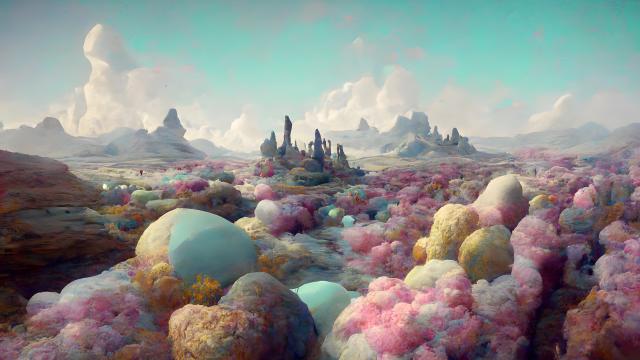Whether you think they’re legitimate artistic creations or artistically derivative and plagiaristic, AI-generated images exist in a strange legal limbo that no governmental body has yet to disentangle. Yet one artist may be breaking new ground while opening up an even bigger can of worms for ownership in our progressively AI-driven world.
Kris Kashtanova, a New York-based artist and former programmer wrote to their Instagram page last week that their AI-generated art-based graphic novel titled Zarya of the Dawn received U.S. copyright registration. Noting other creators’ past failure to reach this milestone, it may be the first piece created using AI-art generators to receive such recognition from the U.S. Copyright Office.
Kashtanova wrote that their graphic novel was made using Midjourney, which is noted on the front page of the graphic novel. They said they first got the idea to register their piece as a “visual arts work” from a “friend lawyer” to try and “make a precedent.”
As noted by Ars Technica who first spotted the artist’s post, the main character of “Zarya” does bear a resemblance to Zendaya, who recently starred as Chani in Denis Villeneuve’s rendition of Dune. AI art relies on freely available images online, so basing a character off a famous actress in prompts can be a way to build consistency between images.
Gizmodo received the publicly available copyright registration for Zarya of the Dawn and found the document does not reference AI. The sole author is shown as Kashtanova, which compared to previous attempts to get copyright on AI art which named the AI as the sole author. Joel Feldman, the co-chair of the Atlanta-based law firm Greenberg Traurig’s trademark office who looked at the public filing, also noted that he was unable to find any decisions made on this property through the Copyright Office Review Board database. In an email, he did note “It is possible that something was listed in the copyright application but later deleted during examination.”
“From what I can tell, the AI issue was not squarely before the Copyright Office registration specialist and, at most, this might have been an oversight of information appearing in the deposit material but not the copyright application,” Feldman told Gizmodo.
Just last week, image hosting site Getty Images declared they wouldn’t accept anymore AI-generated images on the site, noting the ongoing questions surrounding copyright. Any AI images left on the site would be kicked off. The news followed from earlier reports that fellow image hosting site Shutterstock and Getty were quietly removing all AI images. These stock photo sites are often used by artists and photographers to monetise the use of their images online through a percentage fee on what the sites make from the content.
Kashtanova, who has written articles about selling AI-generated images, noted artists like them use sites like Shutterstock to promote their work created using AI art generators. Gizmodo reached out to Kashtanova through Instagram. Though the artist wrote they were unable to comment at this time, they supplied us with two screenshotted messages they received from Shutterstock showing that the service had removed all AI-generated content from their portfolio for a few hours — to only later restore that same content.
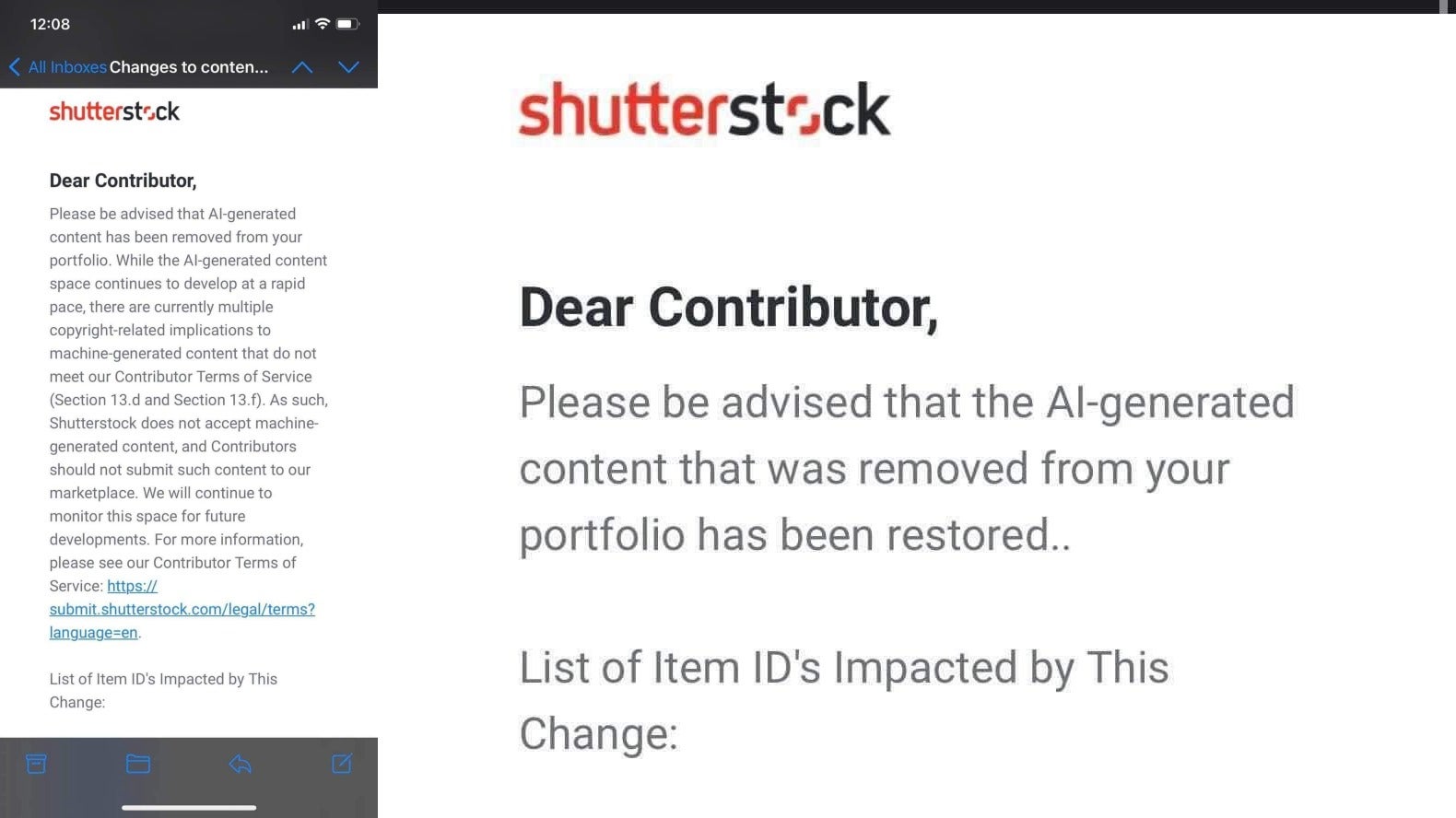
In response to Gizmodo’s request for comment, Shutterstock linked us to a blog post from CEO Paul Hennessy saying they were “taking steps to look at the impact AI-generated art has on our consumers and contributors.”
“There are many open questions on the copyright, licensing, rights, and ownership of synthetic content and AI-generated art,” the CEO wrote. “We need to do all that we can to not only protect the intellectual property rights of our contributors alongside the advent of this technology, but also ensure that they’re empowered to take advantage of this new creative medium.
Zarya of the Dawn is available on AI Comic Books, a site that self-proclaims to “promise a paradigm shift in storytelling.” It certainly is a paradigm shift, but one that is demanding quite a lot of heavy lifting from legal scholars and copyright holders. The U.S. Copyright Office has so far denied any application for AI to copyright the art it generates, noting before that it “lacks the human authorship necessary to support a copyright claim.”
Feldmen wrote in a recent Reuters column that one of the main issues at hand is whether the trademark office’s decision would also make AI art exempt from copyright.
But beyond thoughts of ownership there are far more pertinent questions at play. Most of the popular AI art generators use technology that compiles millions of images scraped from the internet, whether they’re photos, paintings, or even screenshots, and then use latent diffusion to compile an image based on a user’s prompt. It’s led to criticism from the art community (thanks Kotaku) that AI-image generators are plagiarizing their work, which makes the idea of monetising the images, let alone copyrighting them, all the more problematic.
For those that need (physical) proof, it was inevitable pic.twitter.com/nwzKX1fK2d
— Joel Chaim Holtzman (@JoelCHoltzman) September 15, 2022
Emad Mostaque, head of Stability AI and creator of the new yet popular Stable Diffusion image generator, has shrugged off concerns these systems will hurt real artists. In an interview with BBC, Mostaque compared his tool to Microsoft Excel, which “didn’t put accountants out of work.”
That’s not to say AI-art technology should be somehow quashed. One, the artificially-composited image of a cat’s already out of the bag, and getting it back in would be next to impossible. Two, while this technology doesn’t have an actual use-case application, regular users do have a lot of fun generating wacky and oftentimes beautiful images. I personally see less harm, or at least mitigated harm, if these images are relegated to their own proprietary image hosting sites.
We’ve included a list of websites that have outright banned AI art, and a few more that should probably figure out a stated policy, and soon.
Banned: Getty Images

On Wednesday, Getty Images confirmed with Gizmodo that they were banning all AI-generated content from being uploaded to the site. They went even further as to say they were removing any such images already uploaded to the site. Of course, there’s still the chance that an AI-generated deepfake might make its way onto the platform, but the company said they were working with the Coalition for Content Provenance and Authority, to develop solutions to validate imagery.
Banned: Fur Affinity
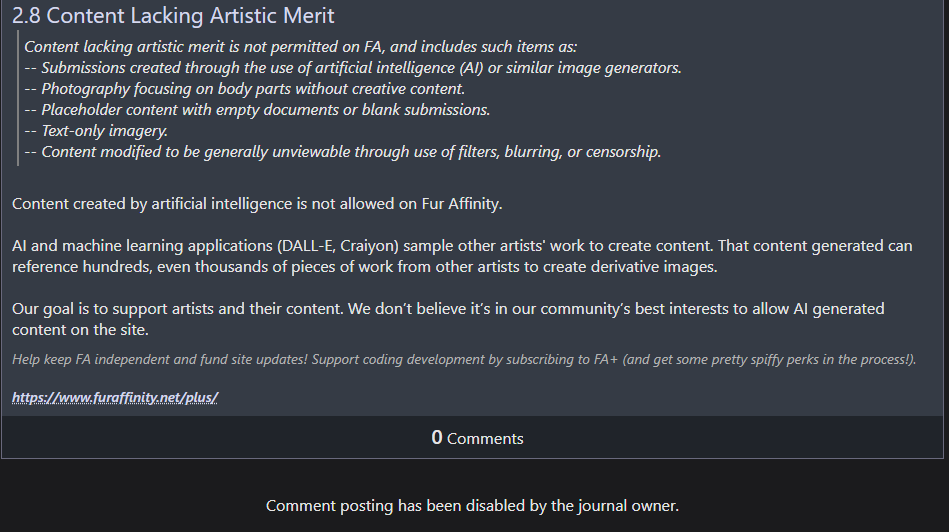
The furry art collective site didn’t beat around the bush earlier this month, with the site’s moderators announcing new policies Sept. 5 that squashed all AI art. Site owners said such systems “sample other artists’ work to create content.”
Banned: Newgrounds
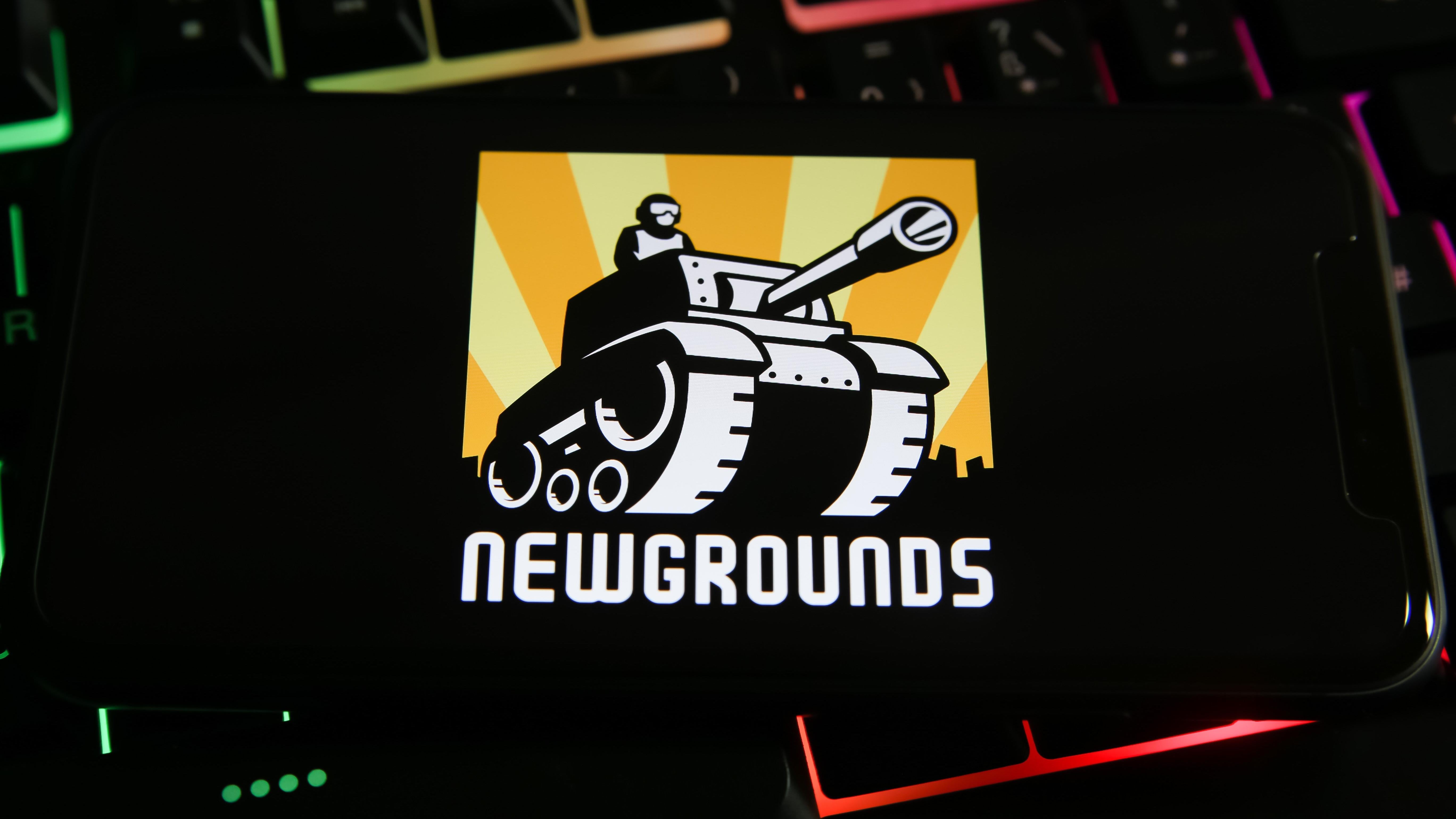
If you don’t have nostalgia for the bad flash animations and occasional gems hosted on Newgrounds, then you probably didn’t grow up in the age pre-Facebook. However, the site has taken an expressly modern stance against any AI-generated art from being included in its Art Portal, naming generators like Midjourney, Dall-E, and CrAIyon. The site does add that using AI art for background images is fine as long as users note what it is.
“Bottom line: We want to keep the focus on art made by people and not have the Art Portal flooded with computer-generated art,” their art guidelines read.
Banned: Inkblot Art
Hi, we mentioned a few days ago that we have a no tolerance for AI art & working on updating our ToS in coming day for this which you can see in tweet here: https://t.co/5NCCKDYVWv
— 🦋InkBlot @ MEMBERSHIP DRIVE (@inkblot_art) September 9, 2022
The art collective community akin to bigger names like DeviantArt (don’t worry, we’ll get to them) was successfully funded in a 2021 Kickstarter, so when the beta kicked off this week, their new platform came with a no-tolerance policy against crypto and NFTs. In the above tweet, the platform advertised they would not allow any kind of AI art. Though as of yet the platform has not updated their terms of service to include these rules, so their stance may yet change.
Iffy: DeviantArt
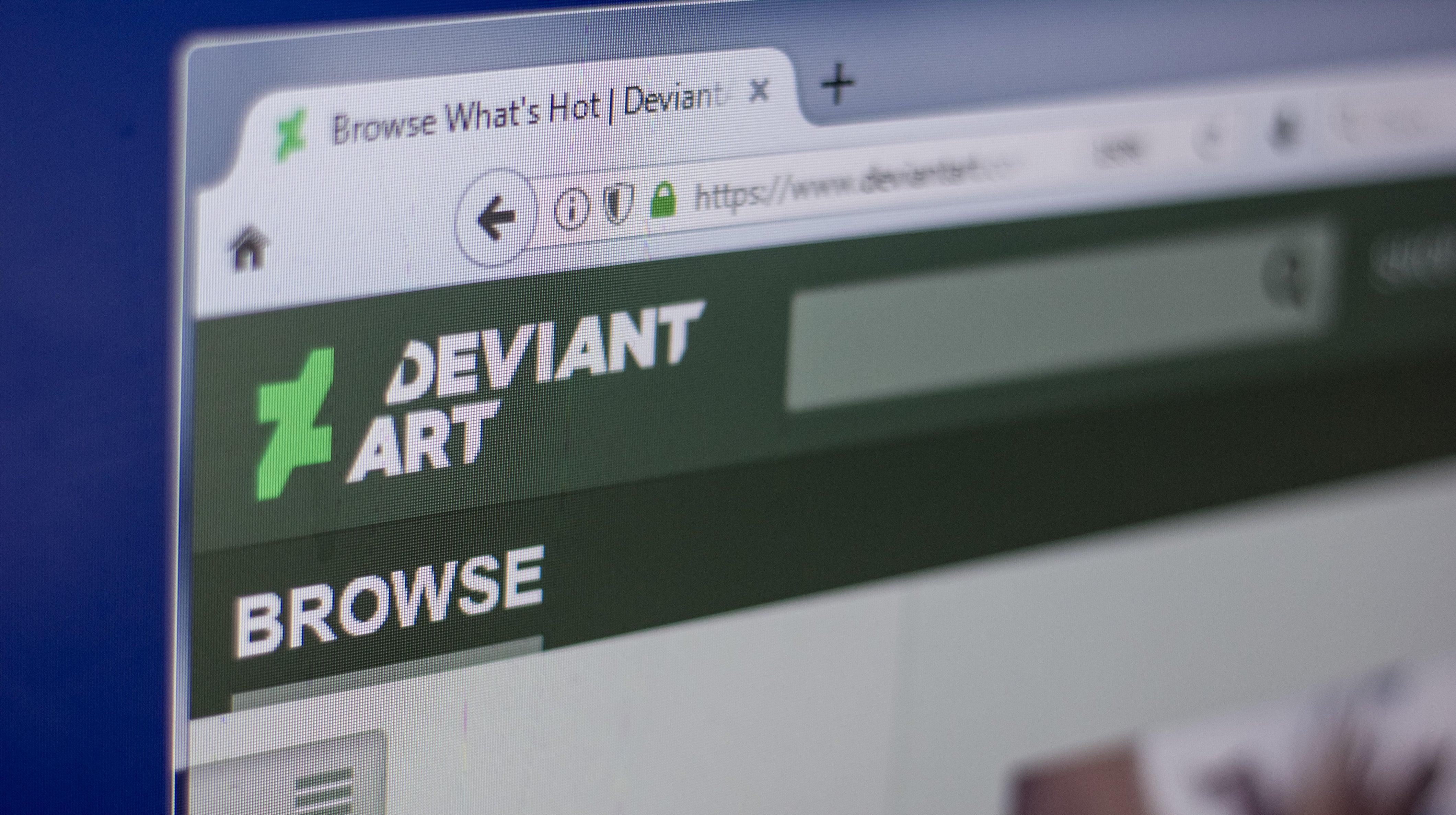
The longtime art hosting site has worked hard in other areas to prevent folks from stealing users’ art in the form of NFTs, so it’s a shame to see the site remaining mum on the topic of AI art despite some users begging for stricter policies against the influx of AI-generated images, or at least find some way to combat users passing off AI art as their own.
Iffy: ArtStation

ArtStation users have been going back and forth about the benefits and negatives of AI art, but as of right now the site has made no real mention of any plans to moderate artificially generated works. Still, simply typing “AI-generated” into the search bar for artworks reveals an absolute trove. As noted by tech blogger Andy Baio, who has been covering AI art regularly over the past few months, “Trending on ArtStation” is regularly used in prompts to generate new images, which only creates more of a recursive issue when those same images get uploaded to the site.
Iffy: Shutterstock
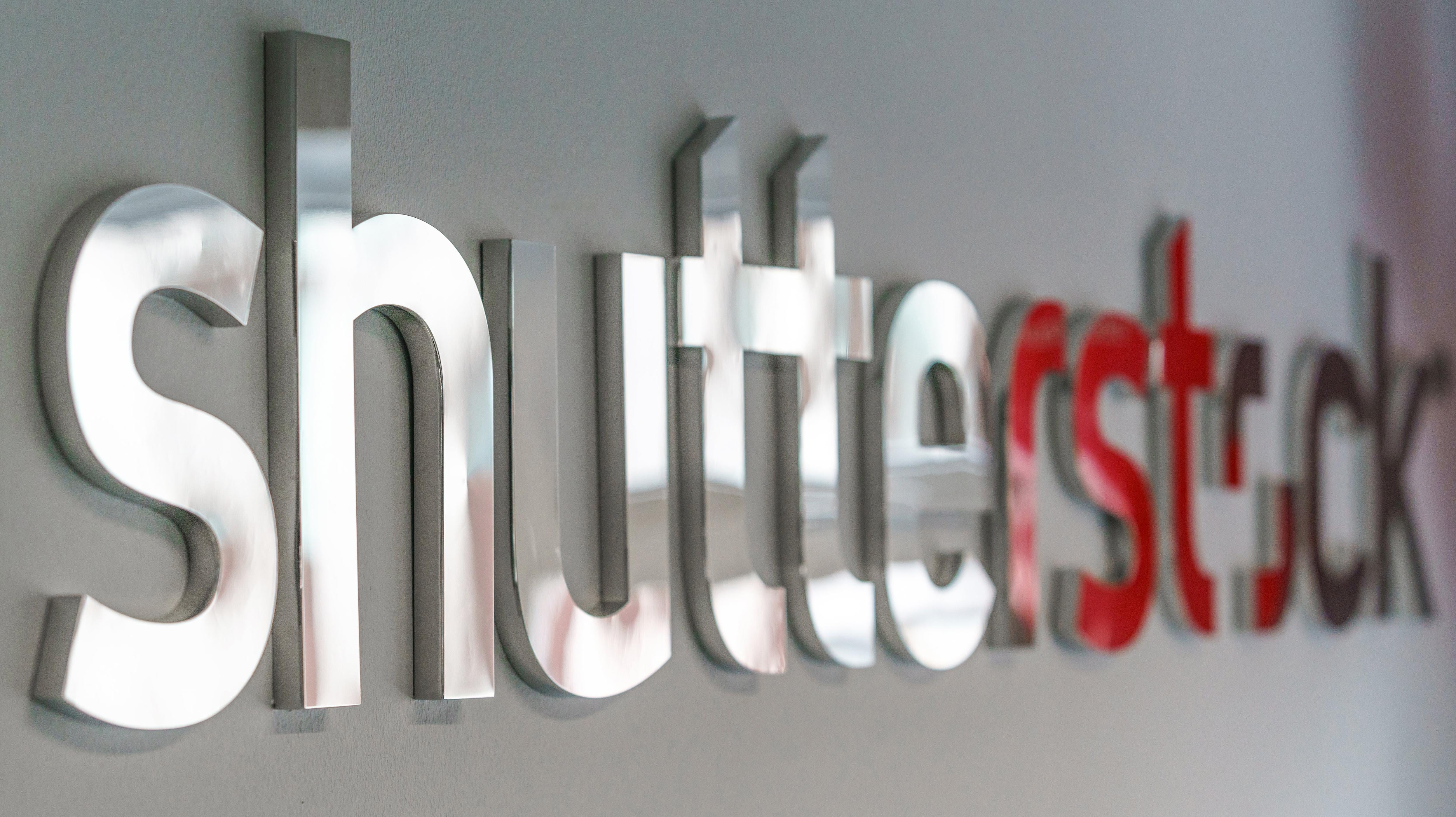
As noted in the main article, earlier this week Shutterstock seemed like it was taking the dramatic step of removing all AI art, only to give users back their portfolio only a few hours later. CEO Paul Hennessy’s blog post talks about the need to make a platform where customers can purchase content without any copyright fears, as well as supporting their contributors. It’s a fine tightrope to walk, to be sure, but as of now the wishy-washy attitude isn’t helping anyone.
Iffy: Adobe Stock
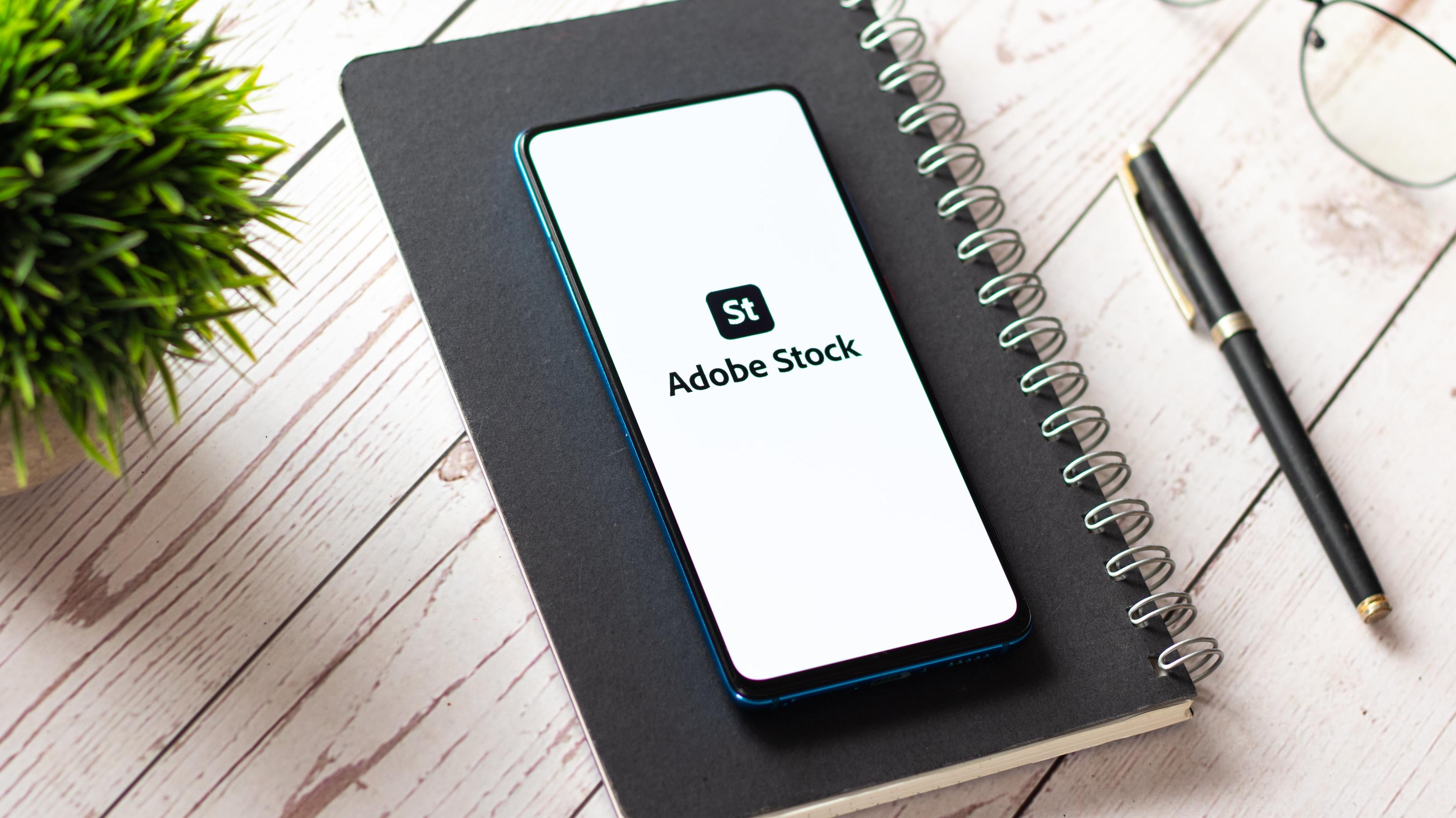
As with Shutterstock, there are huge numbers of AI-generated images being sold on stock photo sites, and Adobe is no exception. Their forums include posts from customers who say they licensed images before knowing they were AI art. In that forum post, an administrator wrote they were “evaluating this issue.” Any decision on Adobe’s part might have to come sooner than later, considering a simple search revealed images clearly derivative of the white walkers from Game of Thrones.
